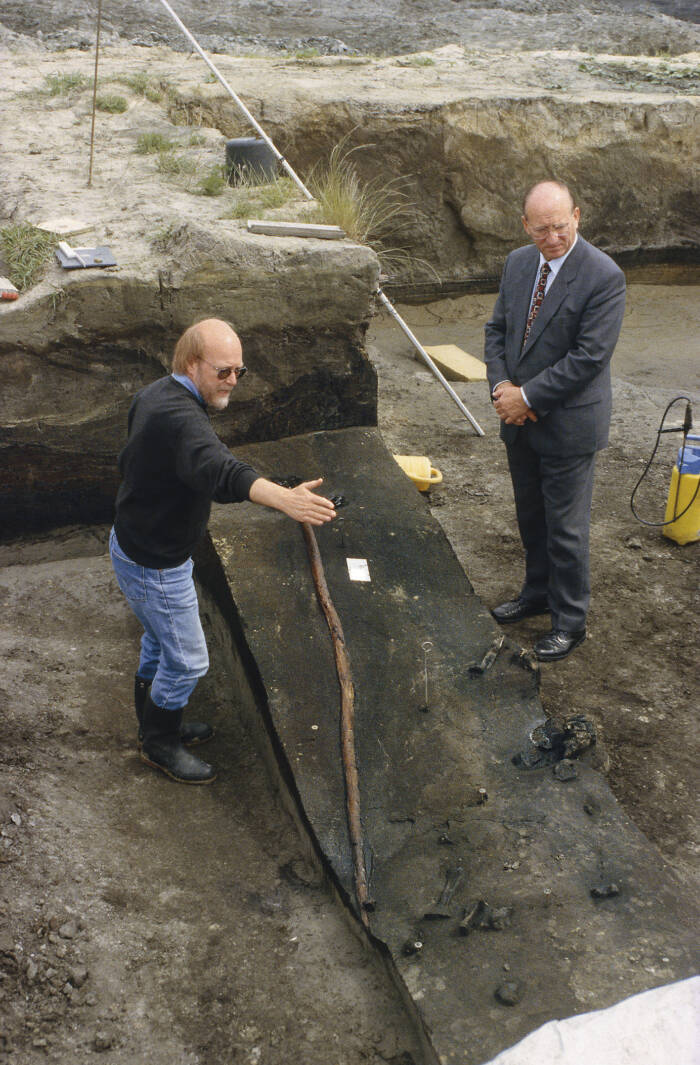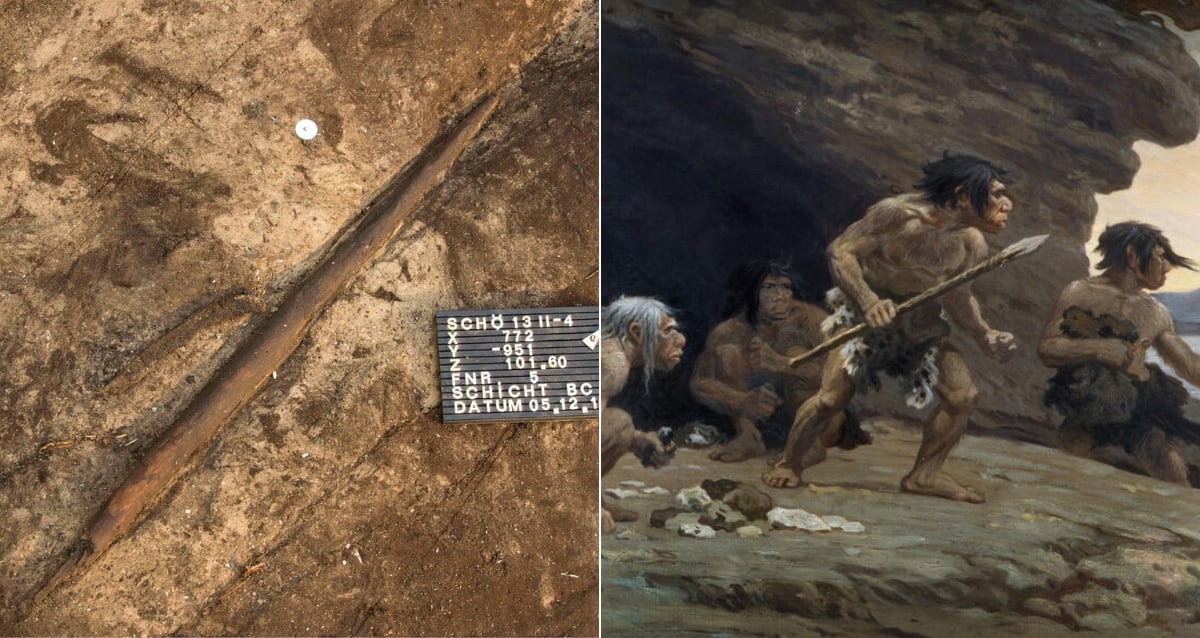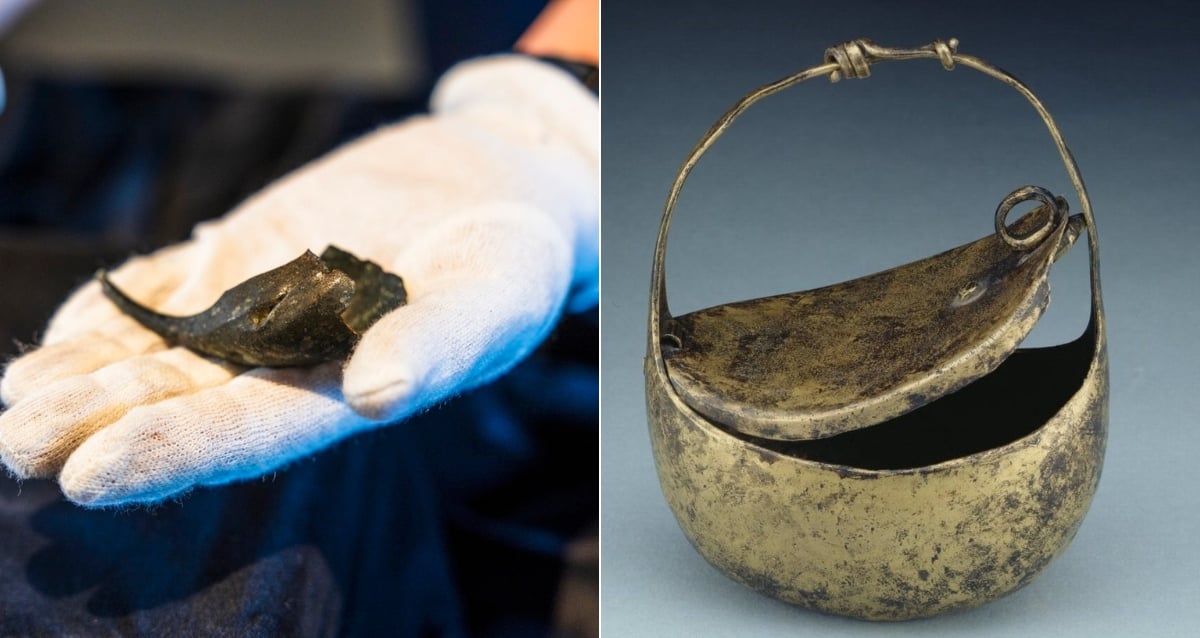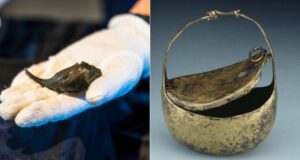Ancient Spears Unearthed in Germany Rewrite Neanderthal History—What They Reveal Will Shock You
Earlier estimates of the spears’ age based on sedimentary dating led researchers to assume that they were simply too old to have belonged to Neanderthals. Layers of ice above and below the spears indicated they belonged to a warmer “interglacial” period, which wouldn’t fit with the timeline of Neanderthals, who emerged in Europe and the Middle East around 400,000 years ago.
H. heidelbergensis, on the other hand, began to disappear around 300,000 years ago. This made the timeline somewhat difficult, as the spears appeared to have originated in that in-between period when hominin species were evolving. That ambiguity fueled scientific debate about the spears’ age for decades.
“Schöningen was an outlier because of how well preserved the artifacts were, but also because its age didn’t match anything else,” said study co-author Olaf Jöris, an archaeologist at the Leibniz Center for Archaeology.

Wikimedia CommonsThe discovery of one of the Schöningen spears.
Jöris and fellow researcher Kirsty Penkman, of the University of York, decided to help put that debate to rest by analyzing the molecules trapped in the fossilized shells of snails found at the site. They crushed the shells and dissolved their calcium, which released amino acids. Amino acids notably break down at a predictable rate, and by measuring that breakdown across several different amino acids, Penkman could estimate the age of the fossil snails.
Because the spears were found in the same layer of sediment, the age of the shells — 200,000 years old — would match the age of the spears.













